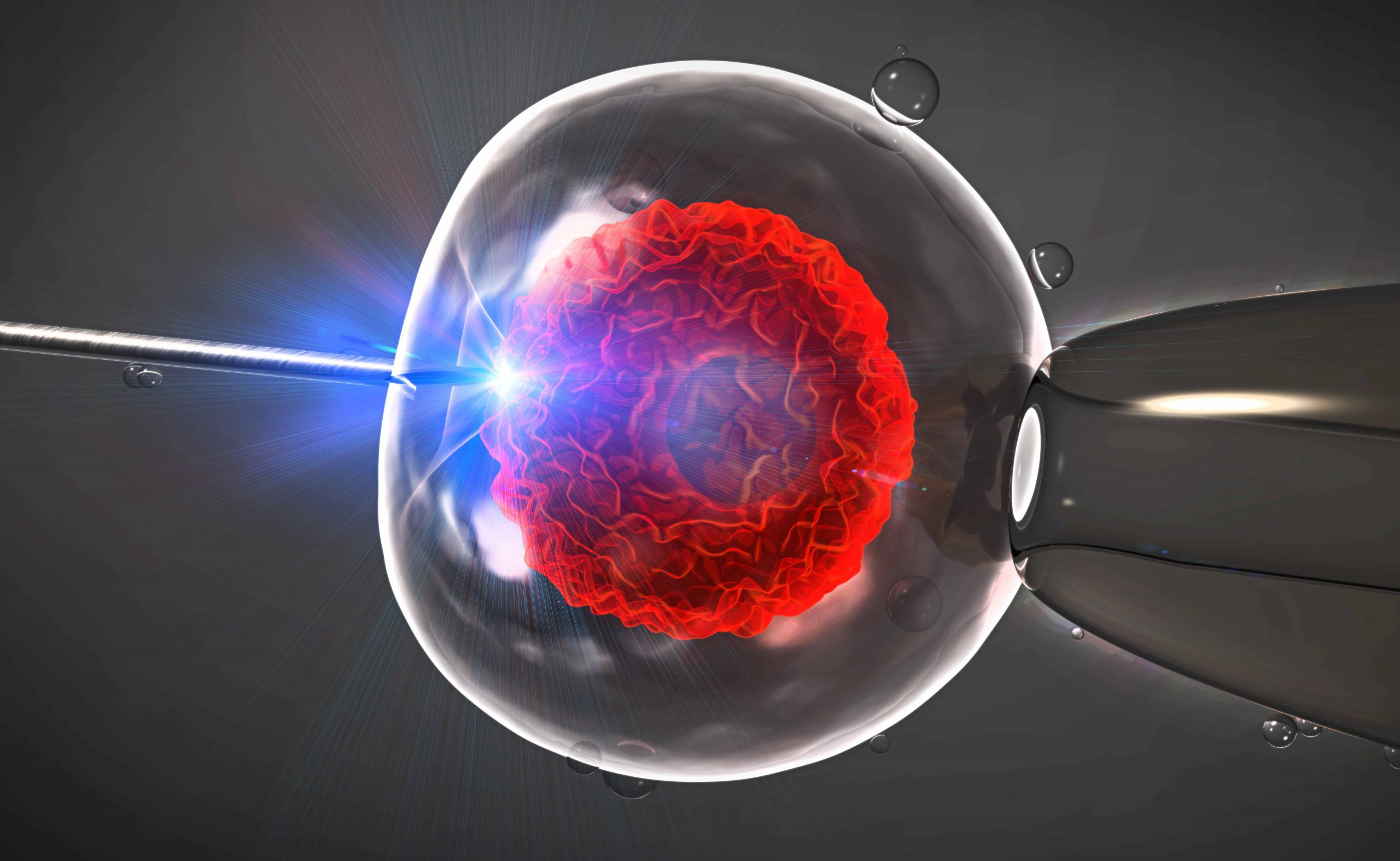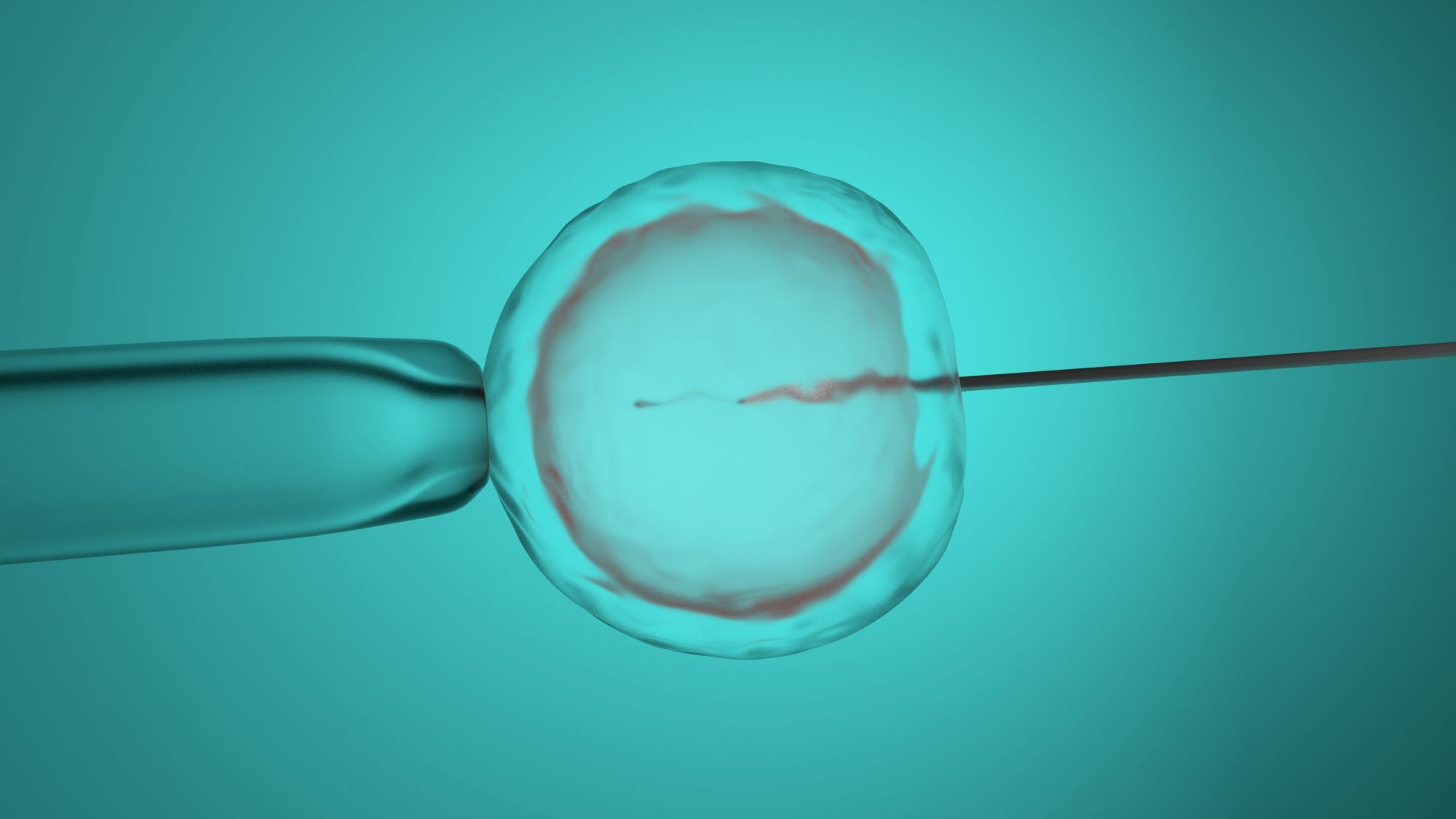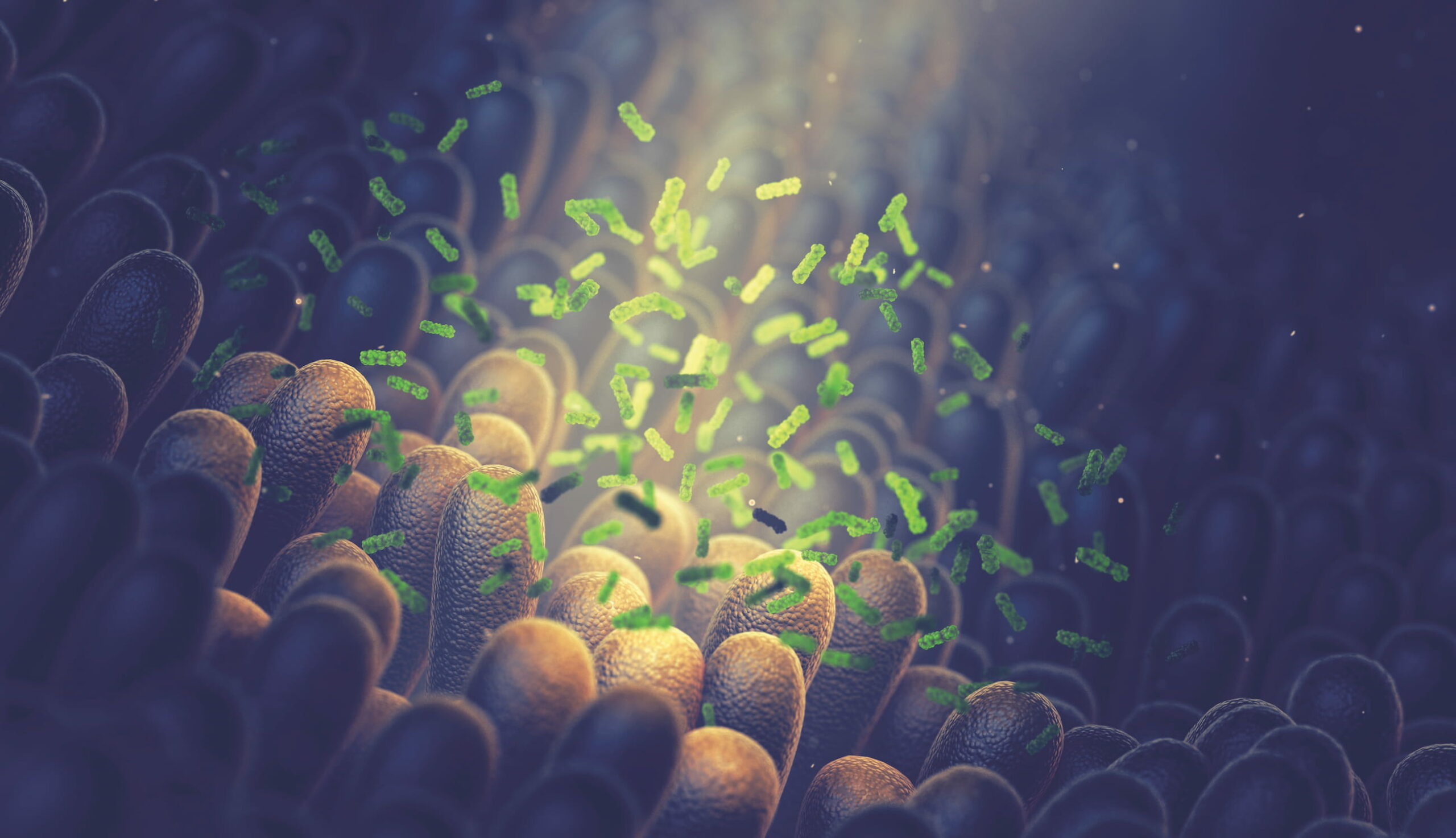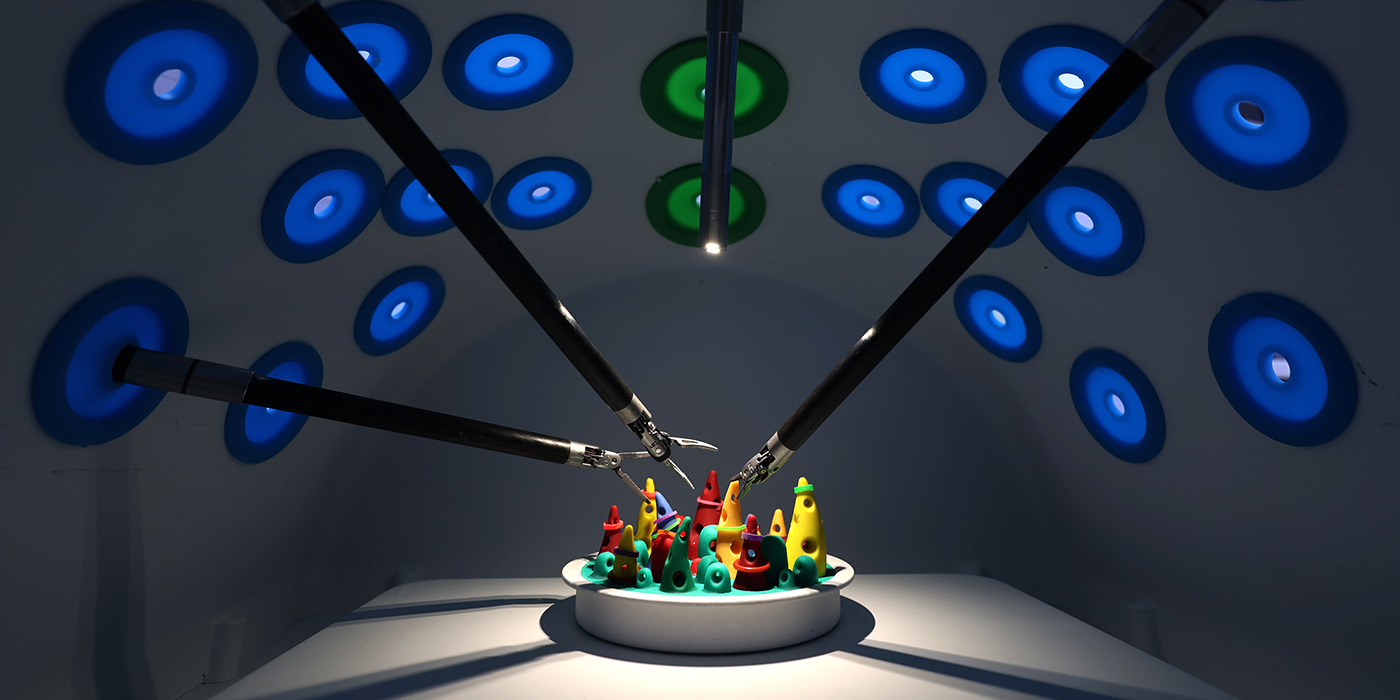Delaying marriage and childbearing are becoming more common. According to the World Health Organisation, more than 10% of females worldwide are affected by infertility. One-sixth of couples in Hong Kong are suffering the same. A research team led by Dr. ZHAO Mingpeng from the Department of Obstetrics and Gynecology of The Chinese University of Hong Kong (CUHK) has successfully invented “Zygote Morphokinetic Predictor” (ZMP) that could assist IVF practitioners in earlier prediction when assessing the potential of an embryo to be cultured into blastocyst, and to recommend a suitable embryo transfer scheme for a higher pregnancy rate.
Suitable embryo transfer scheme increases conception rate
In vitro fertilisation, known as a test-tube baby, is by far one of the most common assisted reproductive technologies (ART) that people go for. It requires the extraction of both the eggs and sperm from the couple to be put into an incubator after external fertilisation. The embryo will be incubated for three to five days. To increase the rate of successful conception, it is crucial to determine the best timing for adoption of an embryo transfer scheme, such as selecting the embryo grown for either three or five days. Dr. CHUNG Pui Wah Jacqueline, the Deputy Director of the Assisted Reproductive Technology Unit (ART) and the Deputy Director of the Pre-implantation Genetic Diagnosis Laboratory of CUHK, Prince of Wales Hospital, is also the clinical consultant of the team. She explains that, for an embryo to be transferred on the third day of growth, the live birth rate is around 28%; the rate will be raised to 42% if the embryo is grown into a blastocyst on the fifth day. It is, however, easier for the latter to develop embryo loss due to the unstable in-vitro environment. Therefore, people with low ovarian response will prefer a more conservative scheme.
The fundamental key to select a transfer scheme that works better, is to master the information on the potential of embryo growth quickly and comprehensively- the objectives in discovering ZMP. Dr. Zhao has been an embryologist in an ART centre in the mainland. He said, “Conventional embryologists observe the form and structural changes of an embryo during the cleavage period under the microscope, and it takes personal experience and the naked eye to assess its developmental potential. In the past, I had to assess more than ten thousand embryos every year. That endowed me with credible experience, but there are always unidentifiable minute changes that affect embryo growth. I would jot them down one by one and see if I could unveil the meaning behind the changes.” Dr. Zhao resolved to leave his job in 2017 and pursued his doctoral degree at the Department of Obstetrics and Gynecology of CUHK out of the curiosity aroused by his experiences. He then followed Professor CHAN Yiu Leung David, an expert in ART, in his research study with the hope of cracking the puzzles related to embryo structures and development.
During his study, Dr. Zhao has observed that many ART centres employ a time-lapse system to take images of embryos for assessment, “It is time-consuming to analyse hundreds of images with meticulous comparisons; it got me thinking if there should be a tool to aid the process.” He invited Dr. LI Hanhui from Nanyang Technological University, Singapore, who excels in the area of computer graphics and deep learning, to cooperate. The two invented a novel algorithm for anlaysing images of fertilised eggs by employing the convolutional neural network and this builds the ZMP platform.

A rapid and accurate 30-hour identification of embryo development
According to Dr. Zhao, it is normally necessary to wait until the embryo division is on its third day, to gather enough information for assessing the probability of blastocyst formation. For ZMP, it can take images at frequent time intervals, observe the development of fertilised eggs, and produce precise recognition and analysis of embryo characteristics within 30 hours. The team has also invited several institutions including Prince of Wales Hospital, medical centres, and ART centres in Hong Kong and Mainland China, to provide embryo images for tests. The result shows that the model is satisfactorily achieving a high sensitivity in prediction of 0.86 (based on the accuracy indicator Accuracy), which means it can correctly identify 86 embryos out of 100 which can successfully develop into blastocysts. Its overall performance in sensitivity and accuracy also outperforms other similar technology in the market.

Dr. Zhao added, “It costs around HKD 100,000 to HKD 150,000 to undergo IVF treatment. If we can obtain the best timing for embryo implantation in just 30 hours, doctors can recommend an early embryo transfer scheme and improve the development of embryo. On one hand, it is improving the conception rate and, on the other, it is easing the financial burden experienced through multiple IVF trials.”
A mainstream assessment method to look forward to says ART Laboratory
Professor David Chan, Director of ART laboratory of CUHK in the Prince of Wales Hospital and embryology consultant of the team, is an experienced embryologist. As a potential user, he notes that the novel prediction platform can reduce the decision risk borne by doctors and embryologists concerning the embryonic development. It will be there to provide a better arrangement of an implantation plan which leads to a higher successful transfer rate. “Information about embryo development generated from the new algorithm can completely integrate the mainstream embryo evaluation methods. The profession should be willing to adopt it due to its improved embryo selection efficiency,” he says.

A startup to transfer expertise
The team established the startup Han-Peng Assisted Reproductive Technology Limited in 2019 to perform knowledge transfer. They received funding from the Technology Start-up Support Scheme for Universities (TSSSU) by the Innovation and Technology Commission to commercialise the technology. It is expected that ZMP could be available in the market by the end of 2022. The novel technology has also earned the Gold awards in the 2020 Qianhai Guangdong-HongKong-Macao-Taiwan Youth Innovation and Entrepreneurship Competition (Hong Kong), and the 7th China International College Students’ “Internet +” Innovation and Entrepreneurship Competition, and a championship in CUHK Entrepreneurship Competition 2021.










